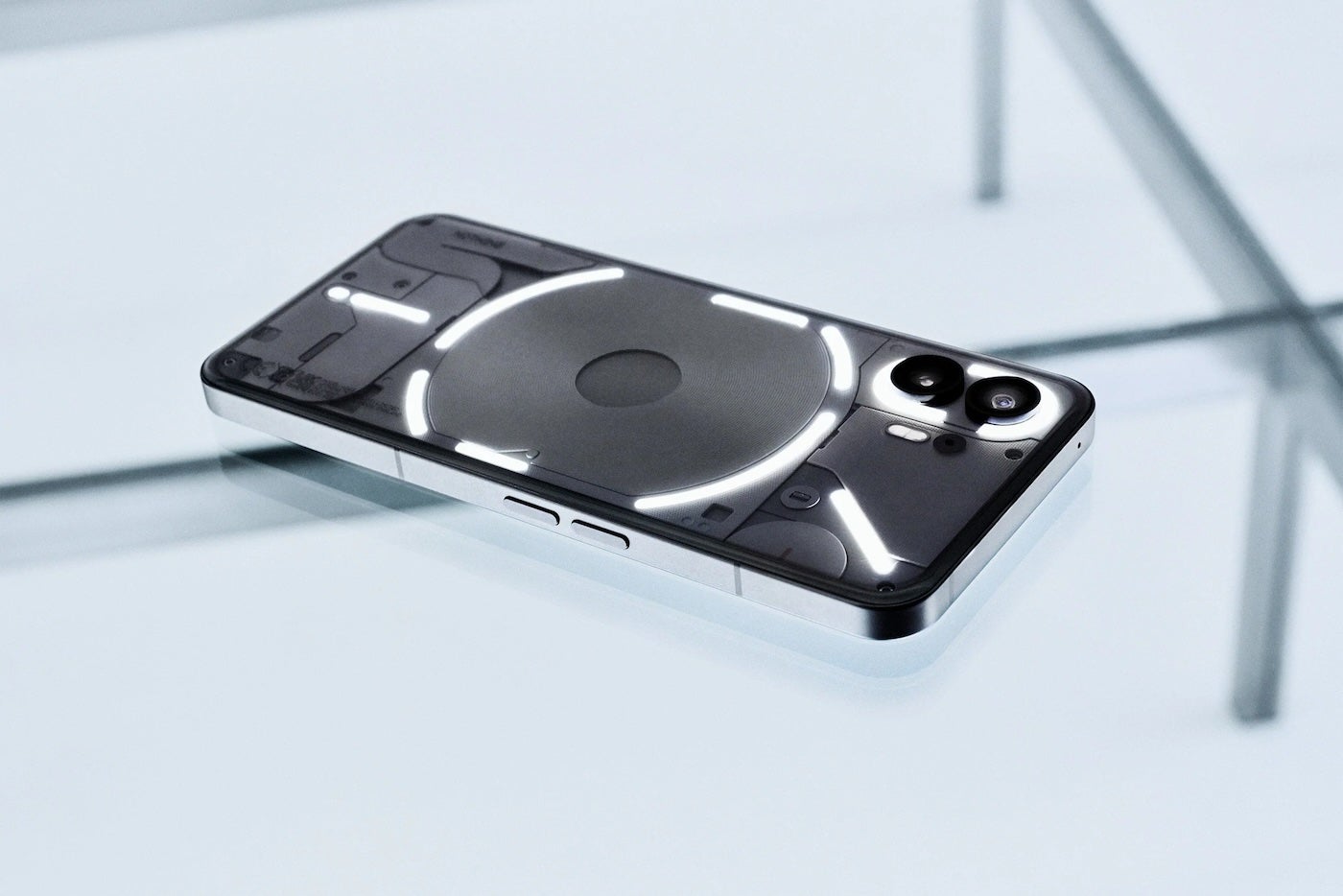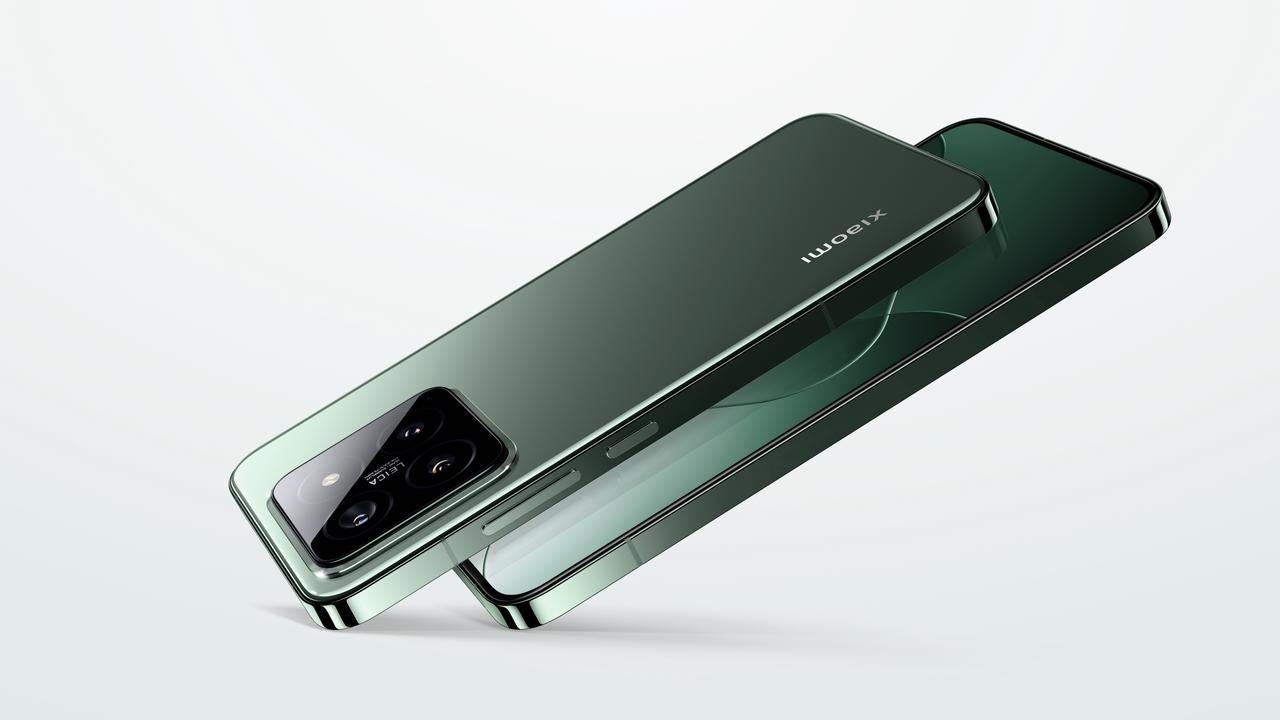Members of the mobile and telecommunications industries have gathered at Mobile World Congress 2024 in Barcelona, held Feb. 26-29. The main trends at MWC so far are AI, 5G and always-on connectivity.
We’re rounding up the enterprise business tech news from MWC that is most relevant for IT and tech decision-makers. This article will be updated throughout MWC with more tech news highlights.
DOWNLOAD: Best of MWC Barcelona 2024: Role Changes, Mobile AI & Open RAN Plans from TechRepublic Premium
Telecommunications giants form AI RAN Alliance
The AI RAN Alliance is an initiative to incorporate artificial intelligence into plans for advanced radio access network (RAN) technology. Founding members include AWS, Microsoft, Nokia, NVIDIA, Samsung, SoftBank and T-Mobile USA. The group will approach its initiative from three angles:
- AI for RAN: advancing RAN capabilities through AI for improved spectral efficiency.
- AI and RAN: utilizing infrastructure more effectively and generating new AI-based revenue opportunities.
- AI on RAN: increasing operational efficiency and offering new services through AI deployed at the edge through RAN.
Phone startup Nothing shows the Phone (2a)
U.K.-based startup Nothing plans to release its Phone (2a), an Android-based model characterized on the outside by its curving designs and recycled materials, on March 5 (Figure A).

Visitors to MWC took their first look at Phone (2a). Nothing pitches its phones as “daring design decisions and meticulous engineering” and as an alternative to Samsung and Apple’s dominance of the personal and business phone markets in the U.S. Phone (2a) runs on a Snapdragon 8+ Gen 1 from Qualcomm.
Lenovo reveals transparent laptop
Along with the Smart Connect features below, Lenovo also brought to MWC the ThinkBook Transparent Display Laptop Concept (Figure B).

Although it is just a proof of concept, it shows off interesting potential uses for the Micro-LED transparent display. The display could be used to blur virtual and real worlds in meetings or product demonstrations. The keyboard is stylish, with transparent material there, too.
Xiaomi 14 Ultra coming internationally
Xiaomi’s newest phone is the latest in the Chinese company’s push for greater international sales. The Xiaomi 14 Series (Figure C) is powered by the Qualcomm Snapdragon 8 Gen 3 Mobile Platform and the Xiaomi HyperOS operating system. It became available on February 25 in Europe after a slightly earlier release in China.

Xiaomi promoted other current products at MWC: the Xiaomi Pad 6S Pro 12.4, Xiaomi Watch S3, Xiaomi Smart Band 8 Pro and Xiaomi Watch 2.
OnePlus shows off cooling concept, continues partnership with Qualcomm
OnePlus, the Chinese company that makes high-end mobile phones to compete with the likes of Google’s Pixel line, showed off a concept for a new flagship phone, the OnePlus 11 Concept, at MWC. OnePlus 11 Concept features a novel cooling system, the Active Cryoflux, which is optimized for gaming but could come in handy during periods of heavy use during business travel.
OnePlus’ newest phone in China and internationally at the moment is the OnePlus 11 5G. Qualcomm brings the Snapdragon 8 Gen 2 Mobile Platform and the Snapdragon Spaces XR (extended/augmented reality) developer program to the OnePlus 11 5G.
Deutsche Telekom adds network-level security for business
After AT&T announced network-level security monitoring for business customers in select locations earlier this month, Deutsche Telekom (which operates in some regions as T-Mobile) rolled out its own version at MWC. Starting in 2025, the “Magenta Security on Net” will offer Secure Access Service Edge provided by a dedicated team of network and security experts from the telecommunications company, as well as “additional security levels tailored to their (customers’) specific needs.”
The state of 5G and enterprise IoT, according to GSMA
According to the latest (January 2024) assessment by Global System for Mobile Communications of the current-generation cellular network standard, 261 operators in 101 countries have launched commercial 5G services. (GSMA is the mobile industry organization that runs Mobile World Congress.) Plus, the enterprise segment has 10.7 billion IoT connections, as opposed to 10.5 billion consumer connections.
With IoT and mobile traffic expected to grow, GSMA is looking ahead to more enterprise IoT opportunities for the telecommunication industry, generative AI opportunities, the API pipeline mentioned above, and 5G RedCap, a connectivity standard that provides efficient (“Reduced Capacity”) enterprise IoT.
TikTok gets onboard with Open Gateway
Telefónica and TikTok have partnered up to use Open Gateway, the open and standardized API initiative created by GSMA. Open Gateway will be used to streamline registration or password recovery on TikTok using a phone number. GSMA has positioned this as a high-profile test case for Open Gateway.
Brazil will be the first country to see the results of the collaboration, and it could be interesting to see whether this starts a trend of other companies paying for API access to wireless networks.
Humane shows its novel wearable, the Ai Pin
The Humane AI team demonstrated its mobile phone alternative, called Ai Pin, on the show floor at MWC (Figure D). The $699 (plus subscription service) wearable is an intriguing look at a possible future where voice commands to a generative AI replace most interactions now performed through apps on phones.

The Ai Pin is expected to ship in March 2024. This wearable primarily targets consumers, but the device could have productivity benefits for remote workers, and the ideas behind the Pin could trickle into what other AI makers try next.
DOWNLOAD: This Mobile Device Security Policy from TechRepublic Premium
Intel commits to 5G and AI
Intel hooked a handful of announcements to MWC , including:
- Intel’s Edge Platform, a software platform for enterprises to build and manage edge and AI solutions on standard hardware, coming later in Q1.
- A preview of Intel’s next Xeon processor for 5G core, which is codenamed Sierra Forest and is expected later in 2024.
- A peek at Granite Rapids-D, the Xeon processor expected to launch in 2025.
- Intel wants to put its chips in 100 million AI-enabled PCs by next year.
Qualcomm brings Wi-Fi, Bluetooth and Ultra Wideband to one chip
Qualcomm announced the FastConnect 7900 Mobile Connectivity system, a chip that uses Wi-Fi 7, Bluetooth or Ultra Wideband technologies depending on what the circumstances require. For business use, the system opens up opportunities for proximity-based functionality (e.g., it might be used in IoT-enabled factories) and multi-device experiences (e.g., easy file sharing, smart switching audio between wireless earbuds depending on context and using the same mice and keyboards with different PCs, phones and tablets).
Lenovo and Motorola debut Smart Connect
One appealing feature of Apple’s ecosystem is how easily devices can talk to each other with functionalities like AirDrop and Find My. Lenovo and Motorola will offer some of the same services with Smart Connect, which syncs peripheral controls, notifications, file sharing and cameras between Lenovo PCs running Windows 10 or later and some Lenovo tablets and Motorola devices (Figure E). Smart Connect will be downloadable through the Microsoft or Google Play stores “in the coming months.”

In addition, Motorola had on hand its fun, still experimental adaptive display, which is flexible enough to let someone wear a phone like a bracelet.
rSIM claims protection against mobile downtime
One of the more remarkable new brands to come out of MWC 2024 so far is rSIM, whose product focuses on device-agonistic connectivity for support during outages. rSIM perhaps benefits accidentally from being able to hold its product up as a possible solution to outages like the one AT&T experienced last week.
rSIM could be an interesting option for IoT-heavy workplaces to make sure workers stay connected. rSIM sells to mobile operators, device manufacturers and value-added resellers.
Nokia is now Dell’s primary partner for enterprise edge use cases
Dell and Nokia have entered into a partnership that will see Dell take the lead in transitioning customers over time from Nokia AirFrame servers to Dell PowerEdge servers. Plus, Nokia will be Dell’s preferred private wireless partner for enterprise edge use cases. For those enterprise edge use cases, that means it will be easier to integrate the Nokia Digital Automation Cloud private wireless solution with Dell’s edge operations software platform, Dell NativeEdge.
Editor’s note: TechRepublic is covering MWC 2024 remotely.
